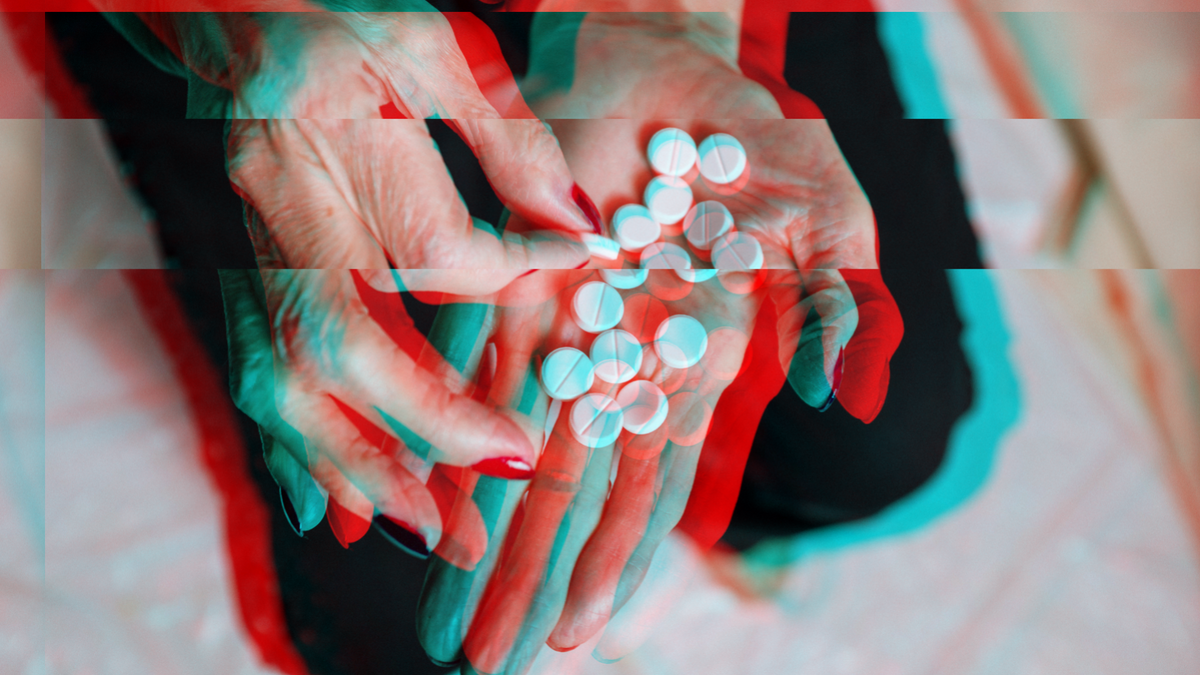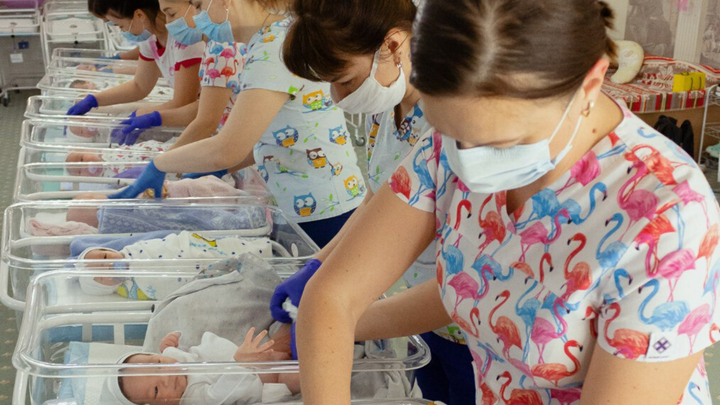The Real Reasons Women May Be In Poor Health
It’s not genetics, it’s patriarchy.

Despite decades of research demonstrating that women live longer than men, women are also living in poorer health. How is it possible? A closer examination of some of the facts about female anatomy and how women’s health is treated in medicine and science may offer an answer to this question.
Female anatomy: The XX Factor
According to the book “The Better Half: On the Genetic Superiority of Women,” by Sharon Moalem, women are genetically superior to men in some ways. Moalem, who is a Canadian-American physician, scientist, and an expert in sex differentiation, neurogenetics, and biotechnology, has proposed that inheriting the same two sex chromosomes (called “homogameity”), gives the homogametic sex a survival advantage over the heterogametic sex. This pattern has been replicated in 229 different species, including species where the male is the homogametic sex (like birds).
“When applied to humans,” Moalem says, “the Law of Homogameity predicts that from birth, genetic females possess a survival advantage that results from them being the homogametic sex because they have inherited two X chromosomes, as opposed to genetic males who are the heterogametic sex with one X and Y chromosomes.”
Moalem’s book explains that “beyond mere redundancy, genetic females not only have more genetic information than males, but that female cells using different X chromosomes can interact and cooperate, which gives them an advantage throughout the life course and especially in times of famine and pandemics.”
The physician points to the fact that in times of famine, more female babies are born than males, and females also show “superiority” in color vision, immune response, longevity, even basic survival from birth to death — in pediatric ICUs, girls have a greater survival rate.
In the past, large studies have been done on the advantage of homogameity. Mary Lyon, for instance, proposed a concept called X-inactivation in 1961, which explains why calico cats (three-colored) are mostly females, while male cats with sex variations may be calico but are often infertile. In female mammals, if one of the two X chromosomes is “faulty,” it is “shut off” while the other chromosome, another X, activates. This could also explain why color-blindness affects more males than females, since the “genes responsible for the most common forms of color blindness are on the X chromosome.” In males, there is no backup X chromosome to take over when one fails.
Females in a world where males are the “default”
Despite modern advancements in science and health, women’s bodies and health are still ignored in all aspects, from clinical trials to personal care. For hundreds of years, females were excluded from scientific studies because they menstruate. Scientists claimed that females’ hormone fluctuations would “skew” the results (despite the fact that men also experience hormone fluctuations, even throughout the same day). In patriarchy, male bodies are considered the default. Therefore, scientific research would rarely take sex differences into account, even when females were used in clinical trials.
Most female-specific conditions are under-researched and underfunded, including polycystic ovary syndrome (PCOS), premenstrual dysphoric disorder (PMDD) or vaginismus, with their causes and treatments “unknown.” On average, it takes up to ten years to get a diagnosis for endometriosis, which affects one in ten women during their reproductive age. That is because the condition is not researched and not fully understood, and normally mistaken for “heavier periods.” When a diagnosis comes, after years of pelvic pain and other debilitating symptoms, the treatments offered, such as surgeries and medication, still leave women suffering for years.
“On average, it takes up to ten years to get a diagnosis for endometriosis, which affects one in ten women during their reproductive age.”
Even diseases or conditions that affect both men and women are often misdiagnosed or disregarded when they happen to female bodies, and are mistaken for irregular periods. Countless women with heart disease have been “misdiagnosed in emergency rooms and sent home, possibly to die from heart attacks,” because doctors didn’t know that women tend to exhibit different symptoms than men for cardiovascular disease. Women also tend to suffer significantly more side effects from medications because the recommended doses were based on clinical trials that “focused largely on average-size men.”
Women’s pain is also largely not taken seriously compared to men’s. Since women are considered more “emotional” or expressive, when men express pain medical professionals may assume it is more severe than a woman expressing the same level of pain.
According to Harvard Health, women “wait an average of 65 minutes before receiving an analgesic for acute abdominal pain in the ER in the United States, while men wait only 49 minutes.” Researchers have long assumed women’s self-reported health (or lack thereof) was exaggerated, but research has found that these self-reported differences are actually explained by genuine differences in chronic health conditions. And yes, despite the fact that 70 percent of the people with chronic pain are women, 80 percent of pain studies are conducted on male mice or human men.
“Women’s pain is also largely not taken seriously compared to men’s. ”
A major report by Public Health England (PHE) in 2017 found that women still spend more years of their life in poorer health than men due to causes including depression and poverty. Women living in poorer areas are still living longer than the men from the same areas, but their health, especially in their elder years, is more neglected than men’s.
The sex gap lives on: women are still ignored in science
The same report predicted a flu pandemic before 2023, which came to pass with COVID-19. Despite the fact that women are more resilient against COVID, women have still had to bear the brunt of the pandemic, including throughout the administration of vaccines.
The first attempts to create a COVID vaccine, for instance, didn’t include many female subjects. Early on, it was said the shots were not safe for women, especially women who are pregnant. Now that the vaccines are being administered throughout the world, women are experiencing the worst side effects after receiving them. Yet, research on women’s bodies and health is still largely underfunded or dismissed as biased.
In conclusion, even though women may have a natural genetic advantage over men, women still live in poorer health. It’s not a genetic trait, as if women were weaker than men. It’s because women’s health is neglected. And despite all the efforts to not only include female subjects in clinical trials, but also to have a more equal representation of women in science, we will not be able to improve women’s lives if we deny that the female anatomy exists and that it’s different from the male anatomy.
The generous support of our readers allows 4W to pay our all-female staff and over 50 writers across the globe for original articles and reporting you can’t find anywhere else. Like our work? Become a monthly donor!
Enter your email below to sign in or become a 4W member and join the conversation.
(Already did this? Try refreshing the page!)




Comments